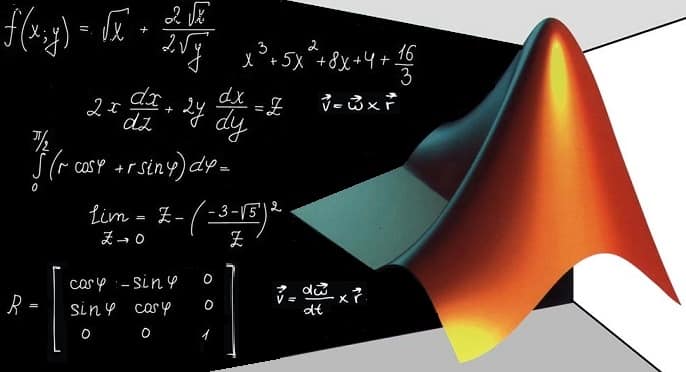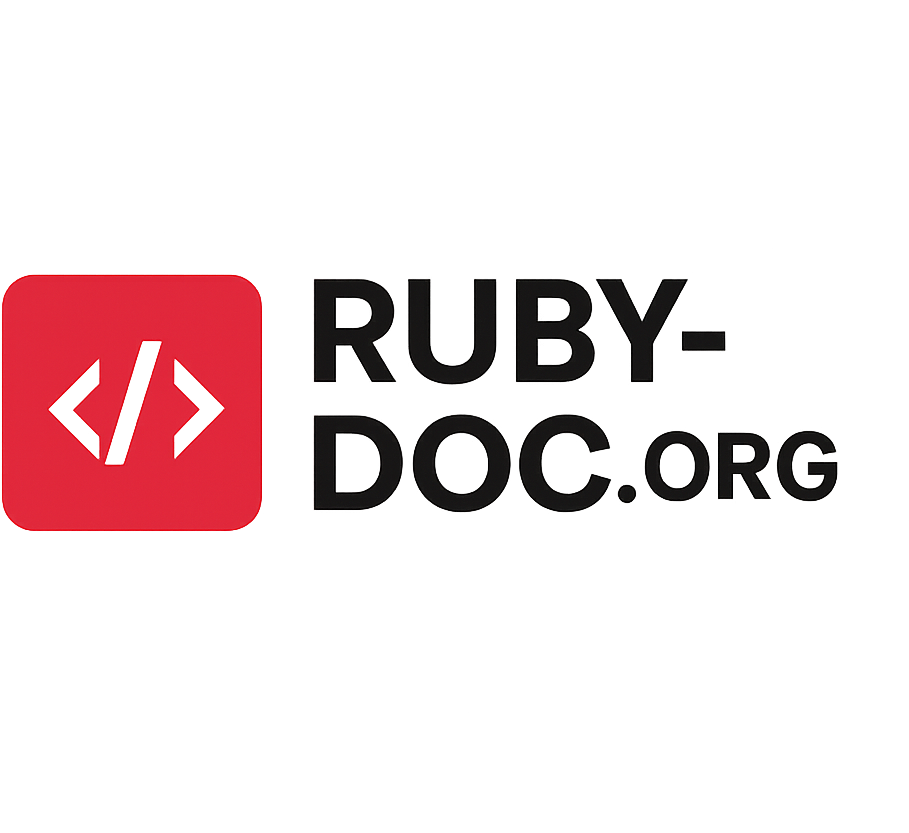
When it comes to technical computing, data analysis, and algorithm development, MATLAB is a name that frequently pops up. Students, engineers, scientists, and researchers worldwide use MATLAB extensively for simulations, modeling, and numerical computation. But a common question arises: Is MATLAB a programming language?
This article will explore what MATLAB is, clarify whether MATLAB qualifies as a programming language, compare it with traditional programming languages, and discuss its unique features and uses.
What is MATLAB?
MATLAB, short for MATrix LABoratory, is a high-level technical computing environment developed by MathWorks. It was initially designed to perform matrix operations and numerical analysis, but over time, it has evolved into a comprehensive platform for numerical computing, visualization, and programming.
MATLAB combines a desktop environment tuned for iterative analysis and design processes with a programming language that expresses matrix and array mathematics directly.
Key components of MATLAB include:
- MATLAB Language: The scripting and programming language used inside the environment.
- MATLAB Environment: The interface with tools for editing, debugging, and managing variables.
- Toolboxes: Specialized libraries for applications such as signal processing, machine learning, control systems, and more.
Is MATLAB a Programming Language?
The short answer: Yes, MATLAB is a programming language.
More precisely, MATLAB is a high-level, interpreted programming language designed primarily for numerical and scientific computing (source). Unlike lower-level languages such as C or Assembly, MATLAB abstracts many complexities, allowing users to focus on matrix manipulation, data analysis, and algorithm development.
Why MATLAB Qualifies as a Programming Language
To understand why MATLAB is a programming language, consider the essential characteristics of a programming language:
- Syntax and Grammar: MATLAB has its own syntax rules and grammar for writing instructions.
- Variables and Data Types: MATLAB supports variables, arrays, matrices, strings, structures, cell arrays, and more.
- Control Flow: MATLAB supports control structures like
if,else,for,while,switch, and functions for conditional and repetitive operations. - Functions and Scripts: MATLAB supports writing reusable functions, scripts, and modular code.
- Input/Output: MATLAB can interact with files, devices, and external data sources.
- Execution Model: MATLAB programs are interpreted and executed inside the MATLAB environment.
Because MATLAB meets all these criteria, it fits the definition of a programming language.
How Does MATLAB Differ from Other Programming Languages?
Although MATLAB is a programming language, it differs significantly from general-purpose languages such as Python, Java, or C++. Here’s how:
1. Designed for Numerical and Matrix Computations
MATLAB’s core strength lies in its ability to work efficiently with matrices and arrays. Its syntax and built-in functions are optimized for linear algebra, numerical methods, and matrix manipulations, which would require external libraries or more complex code in other languages.
For example, to multiply two matrices in MATLAB, you simply write:
matlabCopyEditC = A * B;
Whereas in other languages, you might need to write loops or use libraries such as NumPy (Python) or Eigen (C++).
2. Interpreted Language
MATLAB code is interpreted at runtime, which facilitates interactive use and rapid prototyping. Users can test snippets of code, visualize results immediately, and tweak parameters quickly. This contrasts with compiled languages like C or C++, which require compiling code before running, according to TechTarget.
3. Rich Built-In Functions and Toolboxes
MATLAB comes with an extensive library of built-in functions covering mathematics, statistics, optimization, signal processing, image processing, control systems, and more. The availability of domain-specific toolboxes makes MATLAB a powerful choice in specialized fields.
4. Integrated Development Environment (IDE)
MATLAB provides a user-friendly IDE with a command window, editor, debugger, variable workspace, and graphical tools. This environment is tightly integrated with the language itself, making it easy for engineers and scientists to experiment and develop without deep software engineering knowledge.
5. Not Typically Used for General-Purpose Programming
While MATLAB is powerful for math and engineering tasks, it is not commonly used for building general-purpose software applications like web apps, mobile apps, or operating systems. Languages like JavaScript, Python, or Java are more suited for those tasks.
MATLAB as a Scripting Language vs. Programming Language
Some people wonder if MATLAB is “just a scripting language” rather than a programming language. It’s important to understand that the distinction between scripting and programming languages can be blurry.
- Scripting Languages (e.g., Python, Bash) are often interpreted, used for automating tasks, and require less formal structure.
- Programming Languages can be either interpreted or compiled, used to build complex software, and support various paradigms.
MATLAB fits comfortably in both categories—it is a scripting language when used for quick scripts and data analysis, but it is also a full-fledged programming language capable of developing complex applications, especially in engineering and scientific computing.
The MATLAB Language: Key Features
1. Matrix and Array Operations
MATLAB’s language is designed around matrices. Variables are usually arrays, and the language uses vectorized operations instead of loops where possible, leading to concise and readable code.
Example:
matlabCopyEditA = [1, 2, 3; 4, 5, 6];
B = A .* 2; % Element-wise multiplication by 2
2. Function Definitions
You can define functions in MATLAB in separate files or as anonymous functions.
matlabCopyEditfunction y = square(x)
y = x^2;
end
3. Control Flow
MATLAB supports common control flow constructs:
matlabCopyEditif x > 0
disp('Positive');
elseif x == 0
disp('Zero');
else
disp('Negative');
end
4. Object-Oriented Programming (OOP)
MATLAB supports classes, inheritance, and encapsulation, enabling users to write object-oriented code.
matlabCopyEditclassdef MyClass
properties
Value
end
methods
function obj = MyClass(val)
obj.Value = val;
end
end
end
Use Cases of MATLAB Programming Language
MATLAB is widely used across multiple industries and academic disciplines:
1. Engineering and Scientific Research
Engineers and scientists use MATLAB for simulations, data analysis, control system design, signal processing, and numerical modeling.
2. Education
MATLAB is often taught in universities as an introductory tool for programming, numerical methods, and linear algebra.
3. Finance
MATLAB’s toolboxes for statistics and optimization are used in quantitative finance for risk modeling, portfolio optimization, and algorithmic trading.
4. Machine Learning and AI
With specialized toolboxes, MATLAB supports machine learning model training, testing, and deployment.
5. Robotics and Automation
MATLAB is used for robotic kinematics, path planning, and automation system design.
Alternatives to MATLAB Programming Language
While MATLAB is popular, other programming languages and tools offer similar or overlapping functionalities:
- Python: With libraries like NumPy, SciPy, and Matplotlib, Python is a popular open-source alternative.
- R: Specialized for statistics and data analysis.
- Julia: A newer language designed for high-performance numerical computing.
- Octave: An open-source alternative to MATLAB, compatible with many MATLAB scripts.
Each has its pros and cons, but MATLAB’s deep integration of language, environment, and toolboxes keeps it a dominant player in numerical computing.
Conclusion
So, is MATLAB a programming language? The answer is a clear yes. MATLAB is a high-level, interpreted programming language designed primarily for technical computing, data analysis, and algorithm development. Its syntax, control structures, and capabilities meet all the requirements of a programming language.
Though specialized and distinct from general-purpose programming languages, MATLAB’s unique focus on matrix operations and scientific computation makes it an invaluable tool in academia and industry.
If you are working in fields requiring heavy numerical computations, simulations, or engineering modeling, learning MATLAB programming can significantly enhance your productivity and problem-solving capabilities.
